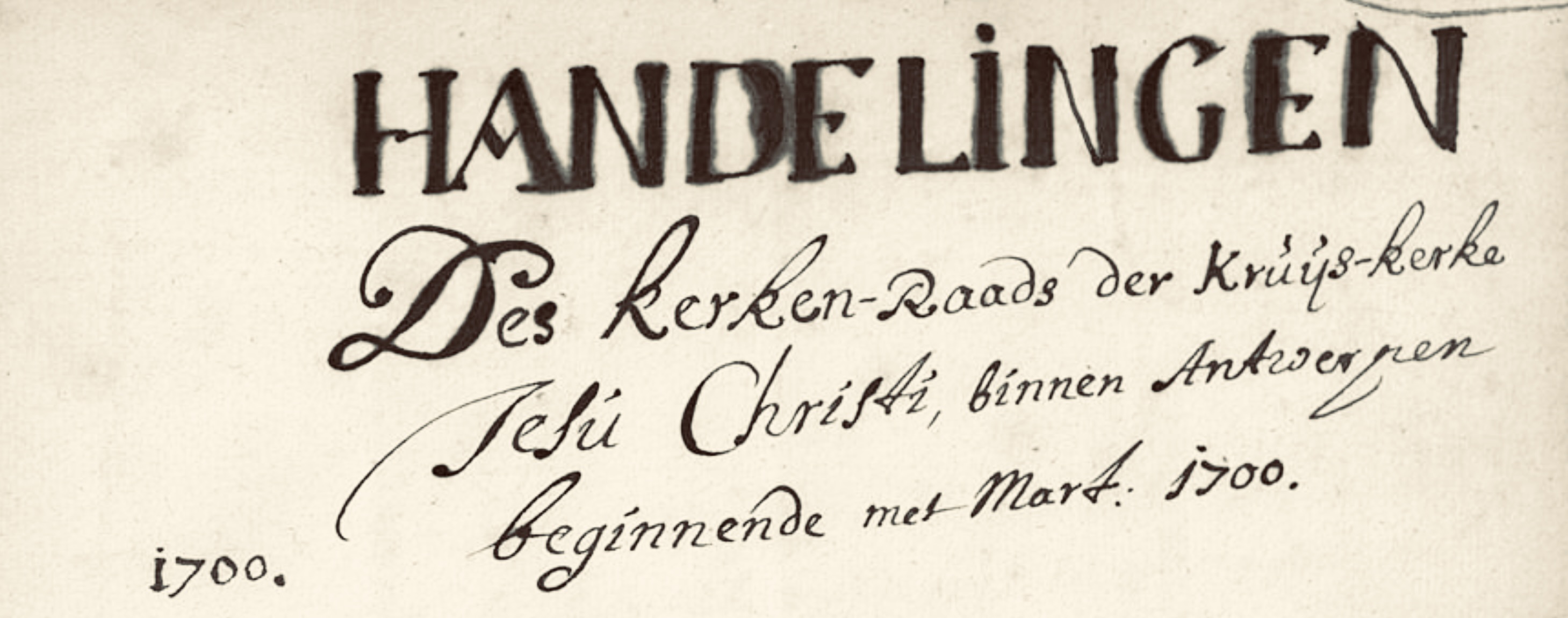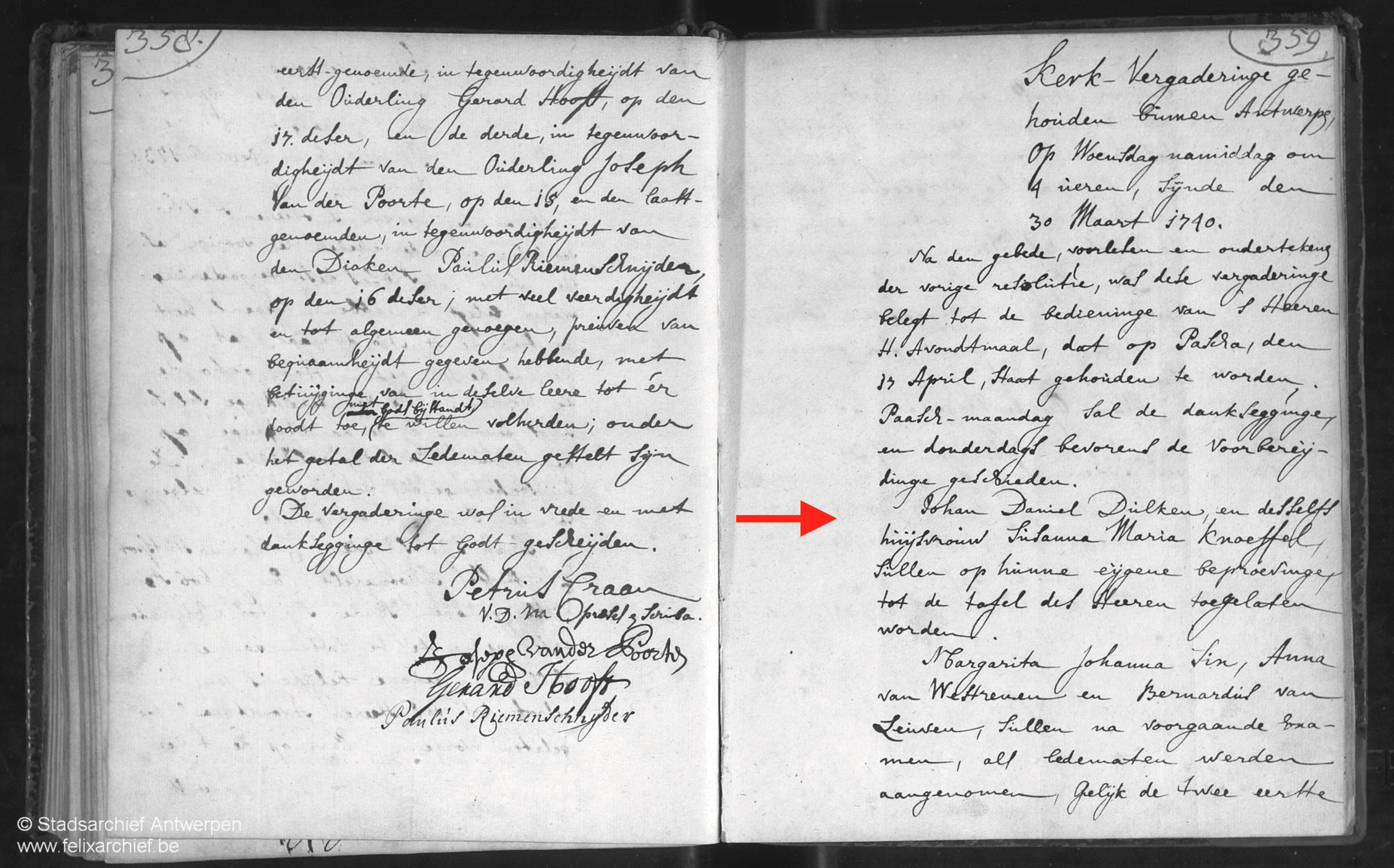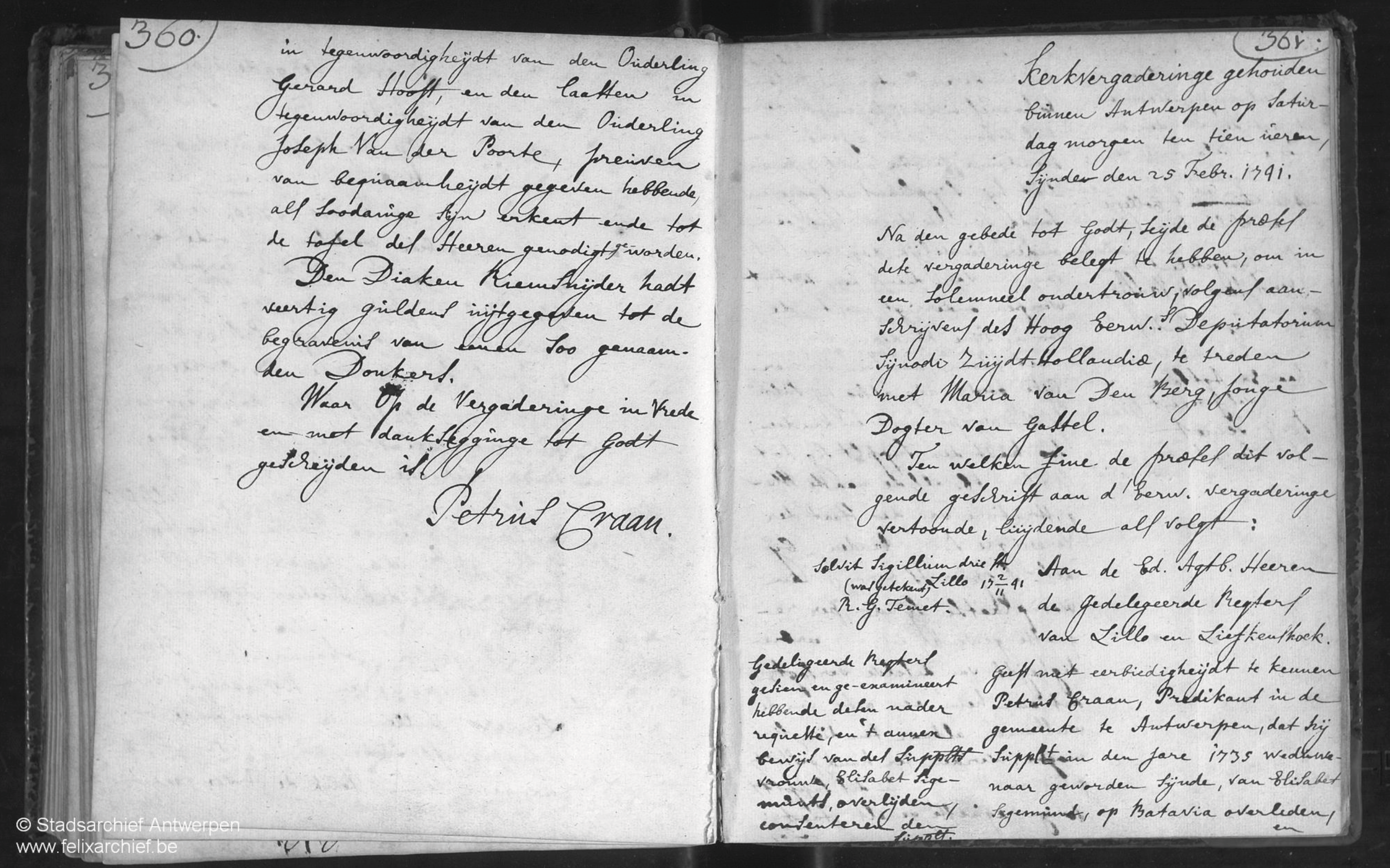
IOANNES DANIEL DULCKEN ME FECIT ANTVERPIA, AD 1745
Joannes Daniel Dulcken (21 April 1706 – 11 April 1757) was born in Wingeshausen, the son of Georg Ludwig Dulcken (died Wingeshausen, before 1752). In ca 1734 - ca 1737 Joannes Daniel was in Maastricht, where his eldest son Johannes Lodewijk was baptized April 15 - 1735. In 1738 he and his wife Maria Susanna( Susanna Maria) Kniffeling (Knuppfin of Knoppffel) settled in Antwerp; they became members of the Reformed church on 30 March 1740 and in 1744 he became alderman of that community. He rented a house in Hopland in 1742 and bought three houses in the same street in 1747 (an advertisement in the Gazet van Antwerpen mentions in the same street a Joannes Daniel Dulcken, evidently the same person, as a bottle vendor; his wife continued this activity after his death). The Dulckens’ will. His will left all his harpsichord-making material to his son Joannes Dulcken; he died in Antwerp. He left a good reputation behind: Charles Burney claimed that, after the Ruckers family, 'the harpsichord-maker of the greatest eminence … was J. D. Dulcken'.
Joannes Daniel Dulcken (21 april 1706 – 11 april 1757) werd geboren in Wingeshausen in Westfalen. Hij was van ca 1734 - ca 1737 in Maastricht en vertrok vervolgens in 1738 met zijn vrouw Maria Susanna( Susanna Maria) Kniffeling (Knuppfin of Knoppffel) en zoon(s?) naar Antwerpen. In 1750 reisde hij naar Engeland om twee van zijn klavecimbels te verkopen. Hij overleed in Antwerpen en liet in zijn testament zijn materiaal voor de instrumentenbouw na aan zijn zoon Joannes.
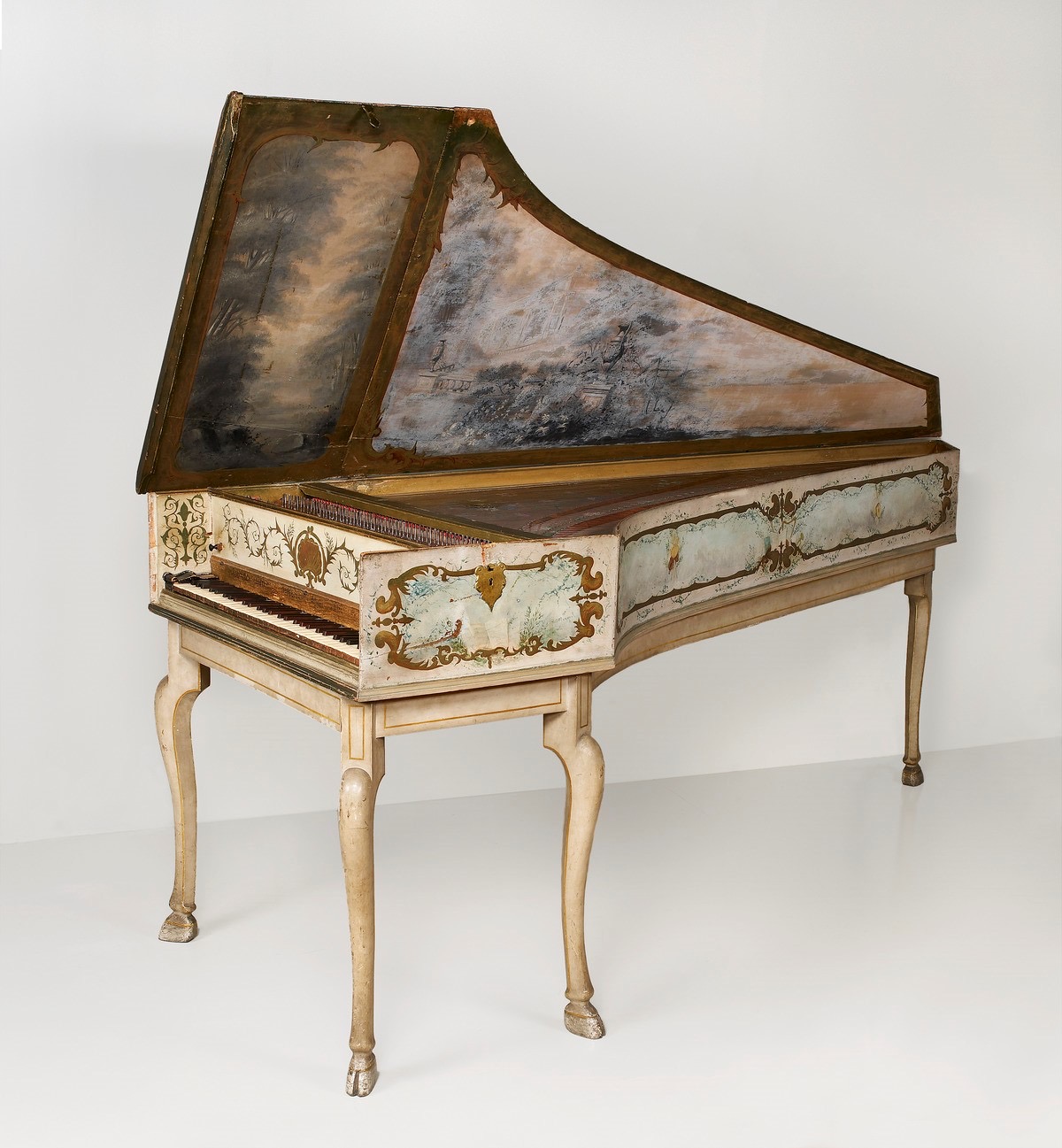
JOANNES DANIEL DULCKEN 1747
Joannes Daniel Dulcken 1747 - Vleeshuis Museum

"Ten Sterfhuyze van d'Heer Joseph de Jonghe, overleden Bailliu binnen de Stad van Dixmuyde, is er te koopen uyt'er hand eene zeer schoone Clavecine gemaekt door J. D. DULCKEN [Joannes Daniel DULCKEN ( 1706 - 1757)] in het jaer 1723, lang acht voeten, bestaende in dry Registers, te weten: twee Onisons, ende eene Octave; zynde van onder tot boven zeer sterk ende aengenaem, het Clavier is van vyf volle Octaven, beginnende van onder met Fa, ende eyndigende boven met den zelven Toon, het Clavier is ook konstig ende kostelyk, de platte Тооnеn zwart, ende de Deezen met de Bemels wit, de Kasse, gereserveert de Tafel om de resonnantie niet te beletten, zeer schoon geschilderd ende verguld, met eene Schilderye in het Deksel om de Tafel te conserveren voor alle nattigheyd. [...] Die пае de zelve twee musicale Instrumenten gadinge hebben, konnen hun adresseren aen d'Heer Antbone Peelaert, Oud-Schepenen tot het voorzeyd Dixmuyde." Gazette van Gend, Waerschouwingen, 31/01/1771
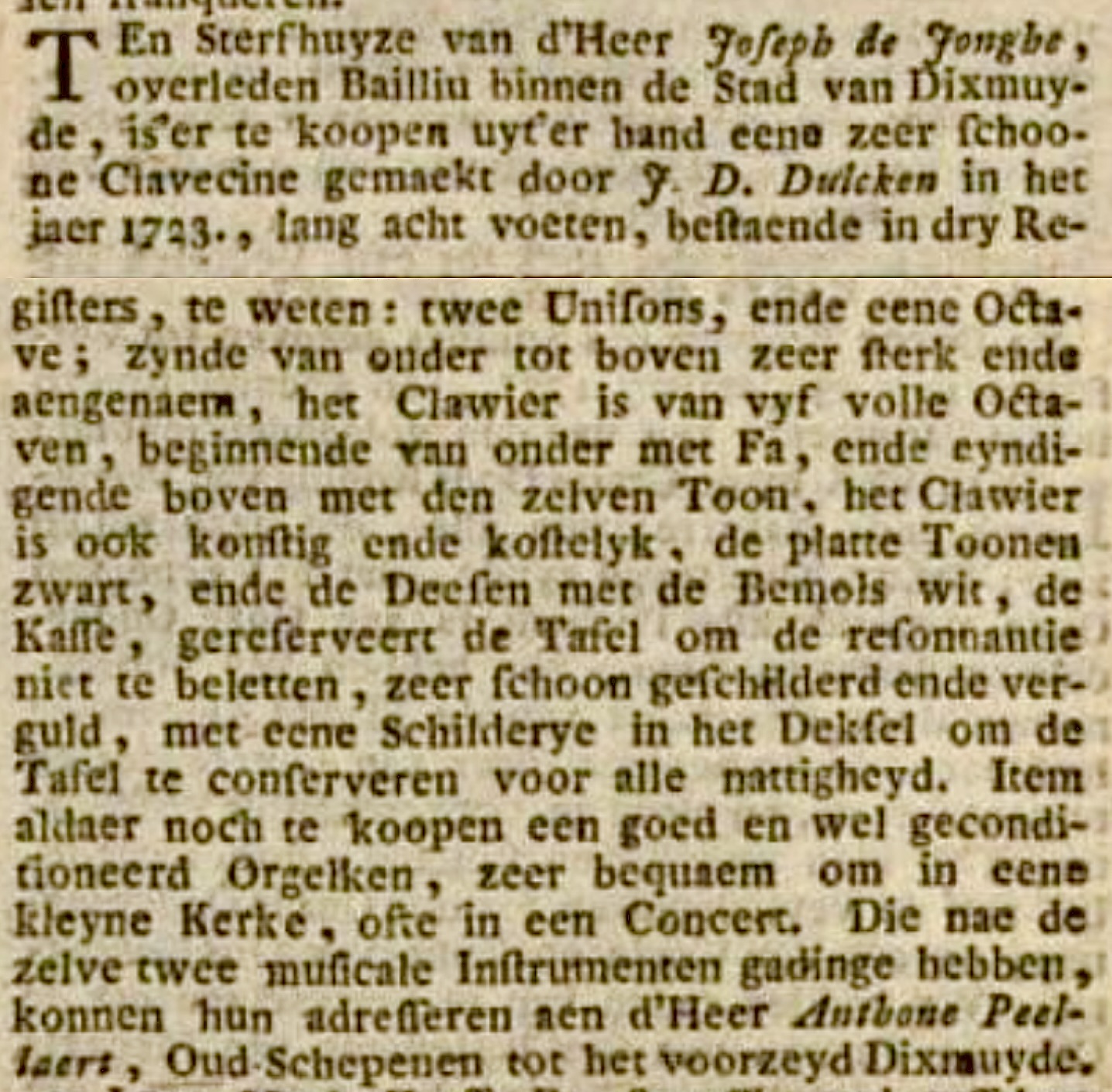
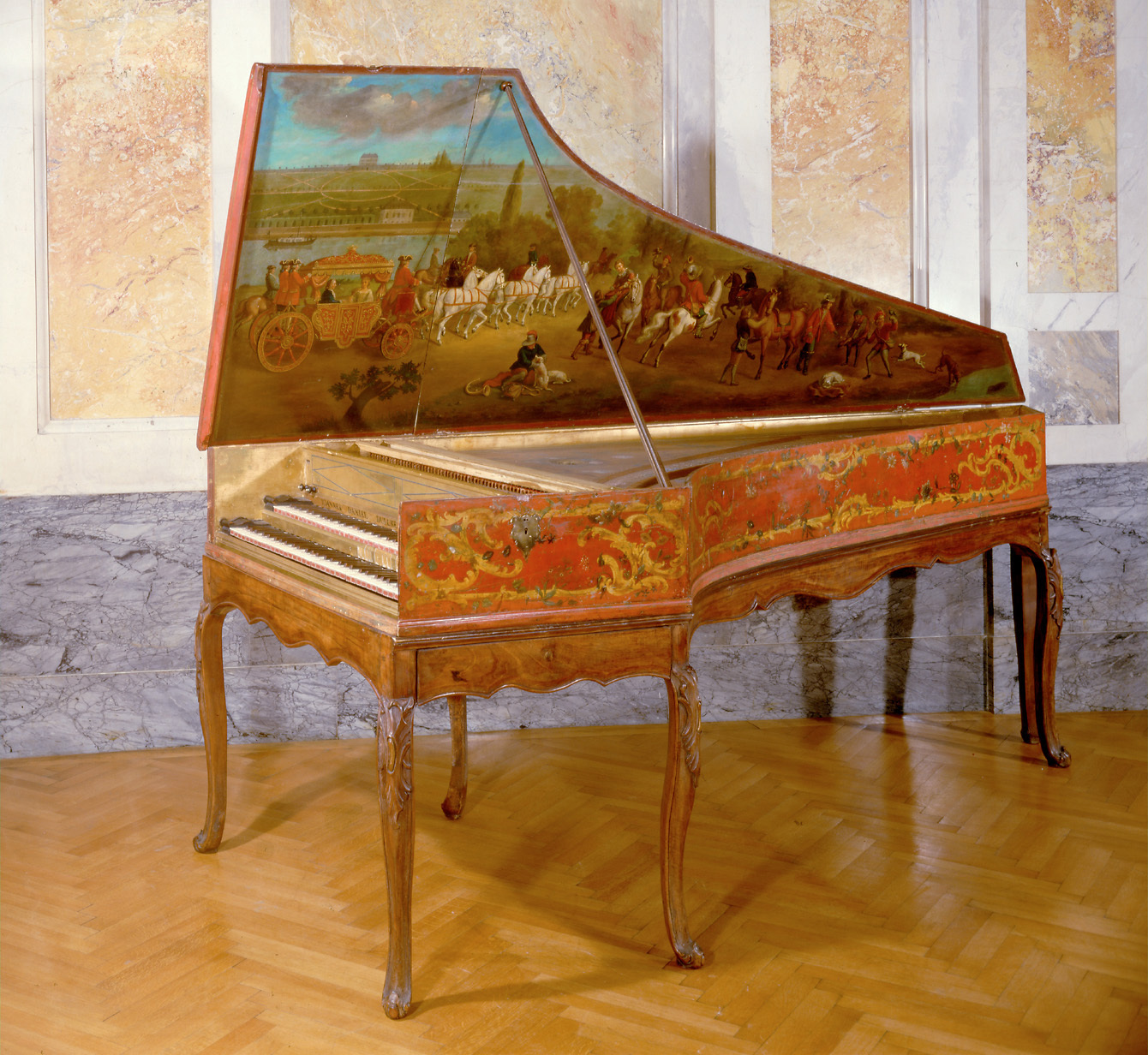
Joannes Daniel Dulcken 1745 - Kunsthistorisches Museum Wien, Sammlung alter Musikinstrumente, 726

BRABANTSE OLIJFBERG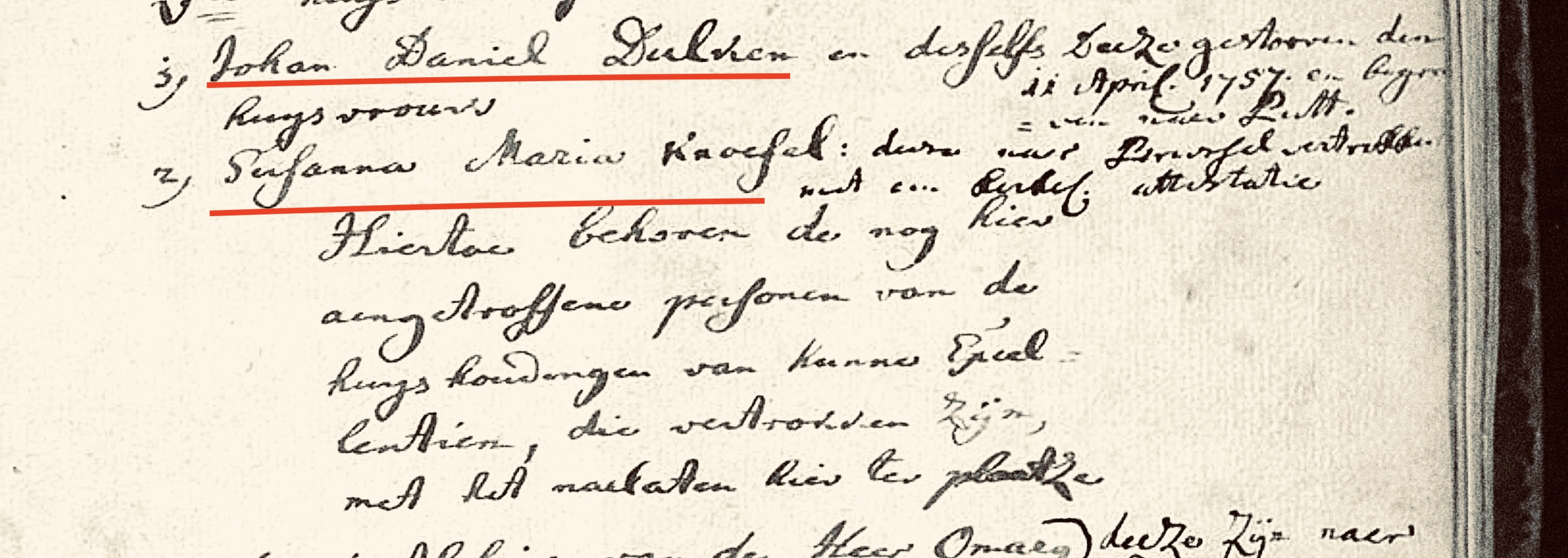

MAASTRICHT 1735-1737

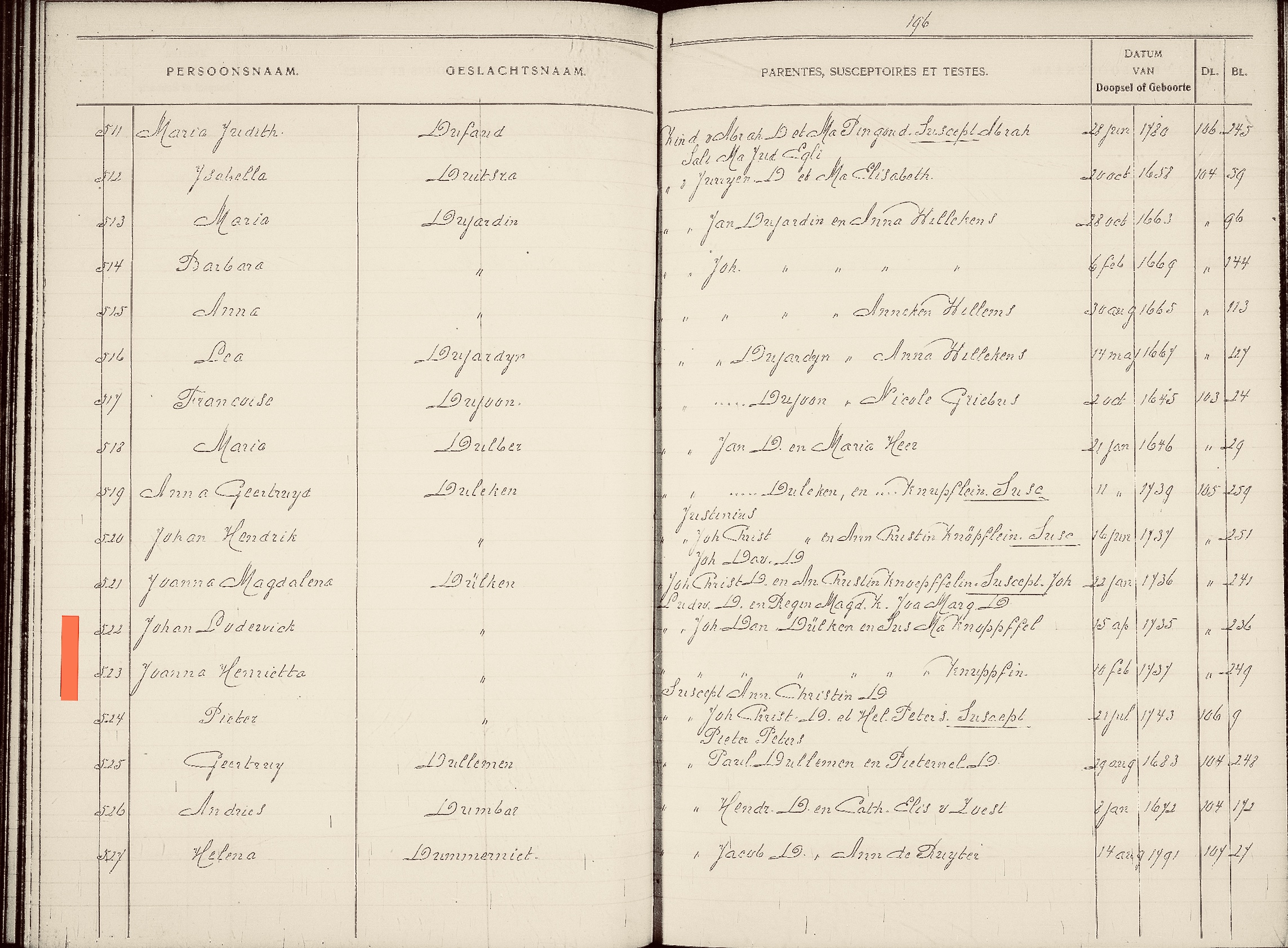
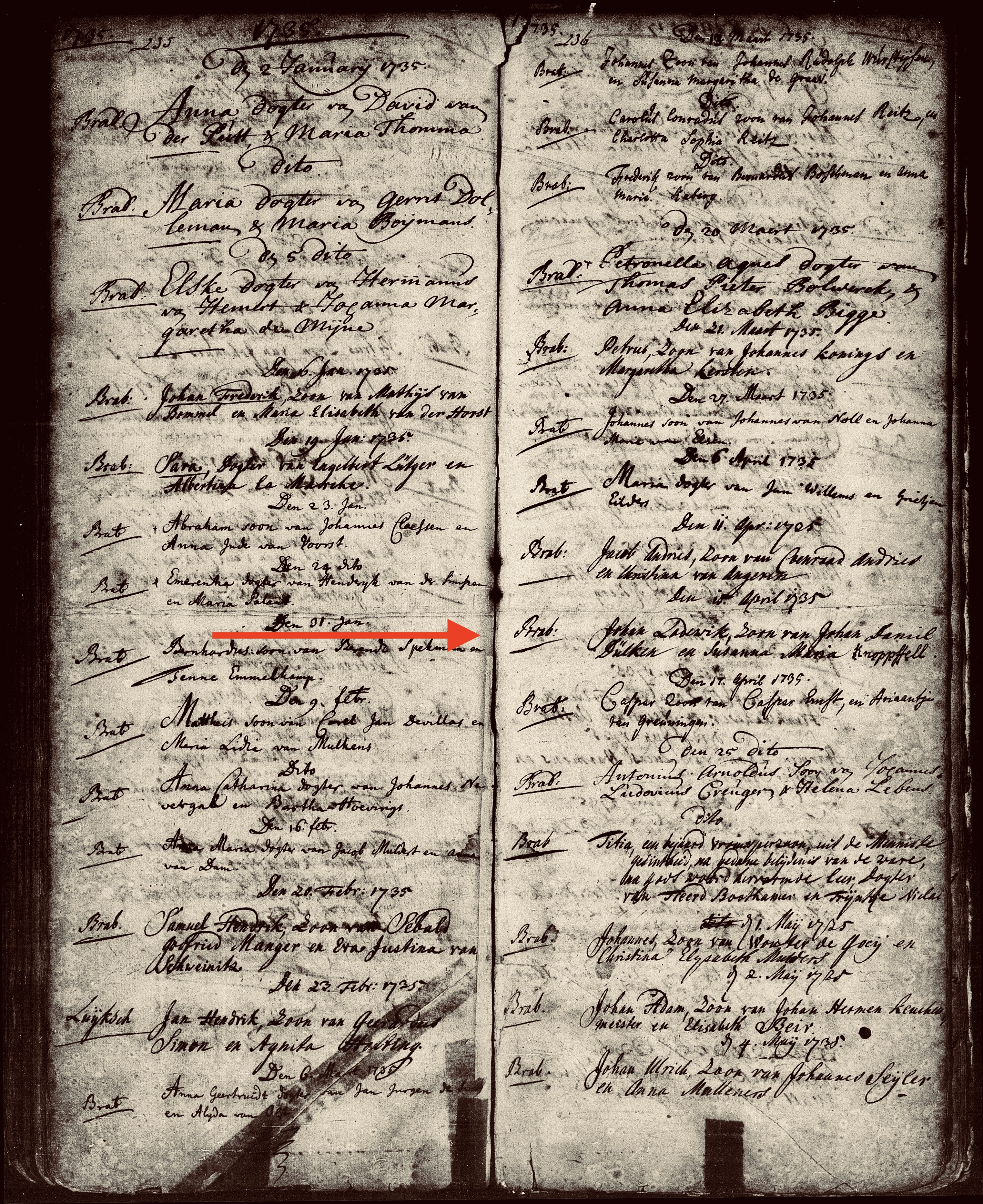

Johan Daniel Dulcken en zijn vrouw Susanna Maria Knoeffel werden in 1740 aanvaard als lid van de Brabantse Olijfberg.
In 1744 werd Dulcken benoemd tot ‘ouderling’, een titel die werd toegekend aan personen die belangrijk waren in de gemeenschap.
Na zijn overlijden op 11 april 1757 zette zijn weduwe Susanna Maria Knoeffel de verkoop van glaswerk voort. Haar grootste zorg was het voortzetten van het bouwen van klavecimbels.
Susanna Maria Knoeffel vroeg toestemming aan de stadsmagistraat van Antwerpen om naar Brussel te verhuizen en verzocht daartoe op 25 januari 1764 ook toestemming om over het geld van haar minderjarige kinderen te beschikken. In haar verzoek gaf zij aan dat zij samen met haar schoonzoon, Johan Herman Faber, in Brussel een werkplaats voor klavecimbelbouw wilde oprichten.
Deze Faber is waarschijnlijk dezelfde schilder die in 1753/1754 in de grootboeken van het Sint-Lucasgilde werd vermeld als leerling van Joannes Josephus Horemans, die zich specialiseerde in stillevens en genrestukken met muziekinstrumenten.
Maria Sophia Dulcken liet op 18 februari 1783 te Amsterdam haar testament opmaken. Dit testament geeft de volgende informatie.
• Jan Daniel Dulcken was haar overleden vader
• Maria Susanna Kniffeling haar moeder
• Johannes Lodewijk haar broer
• Johanna Henrietta haar zus
• Johanna Elizabeth haar zus
Haar broer Joannes Dulcken (geboren Antwerpen 10 september 1742) klavecimbelbouwer was reeds op 22 Juli 1775 te ’s Gravenhage overleden.
This Faber is probably the same painter mentioned in the ledgers of St.-Lucasgilde in 1753/1754 as apprentice to Joannes Josephus Horemans, who specialized in still life and genre paintings with musical instruments. A painting by now in the Rockoxhuis in Antwerpen, depicts a musical family around a harpsichord, on which can be very clearly read; DUL….1764.


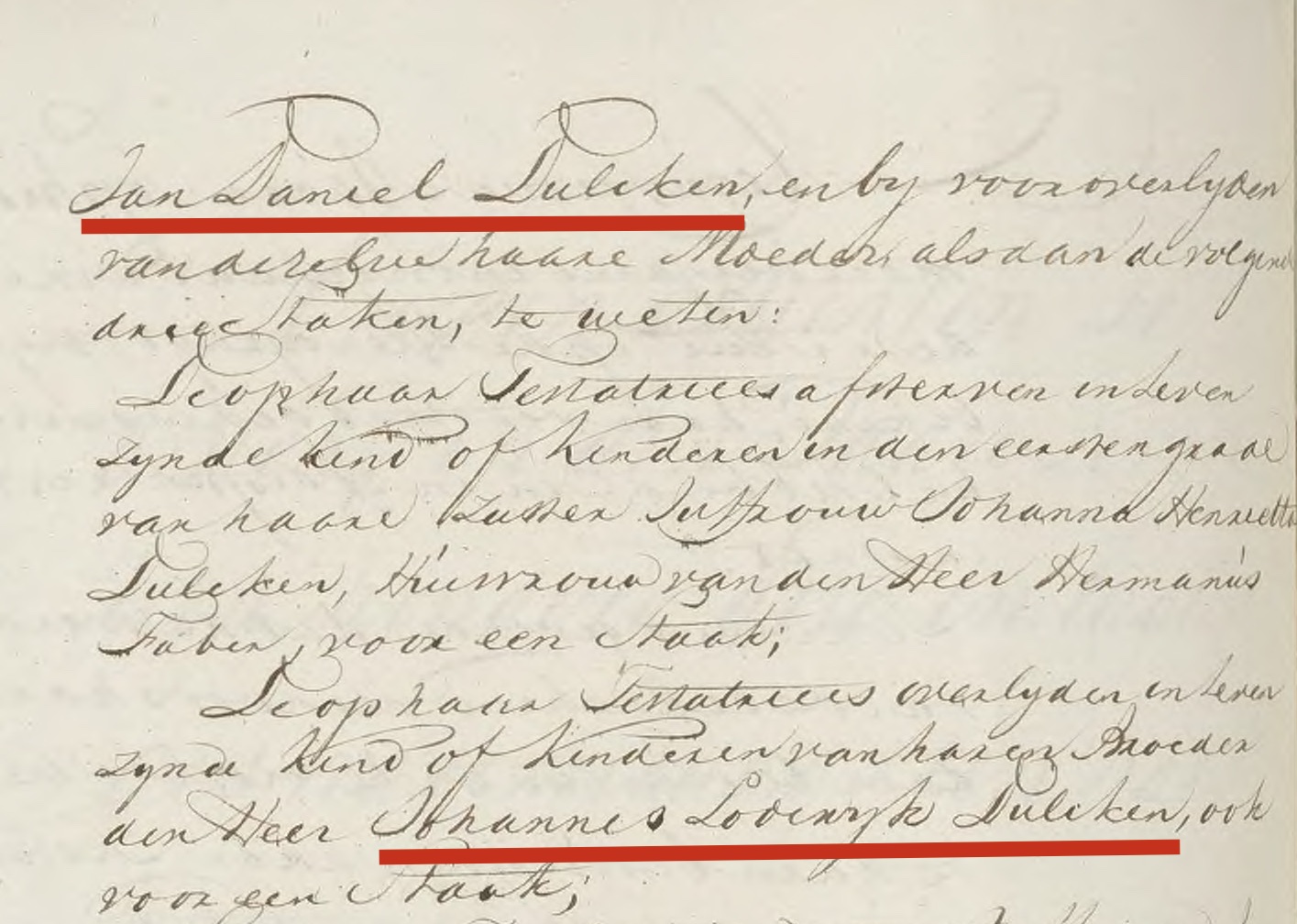
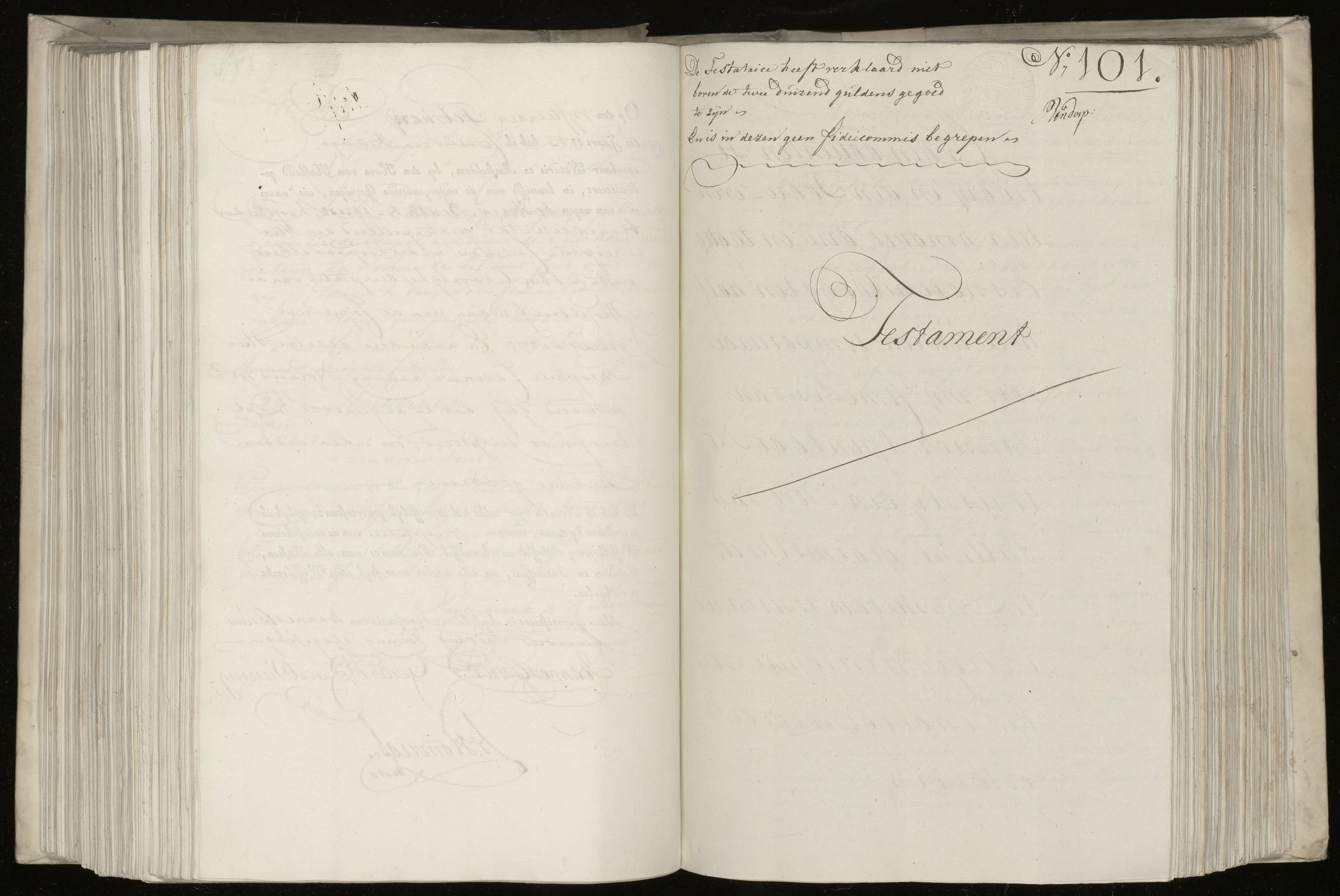
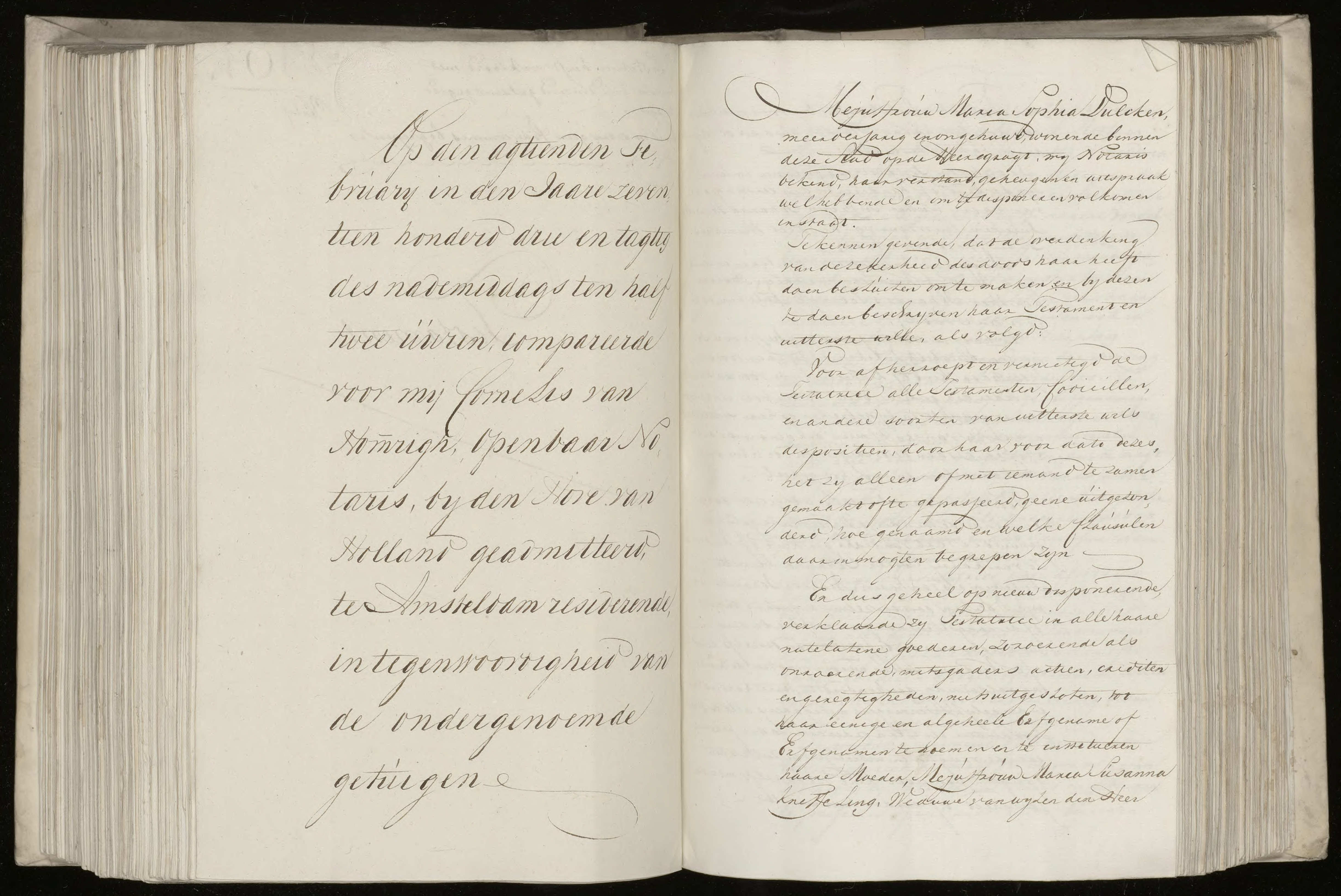
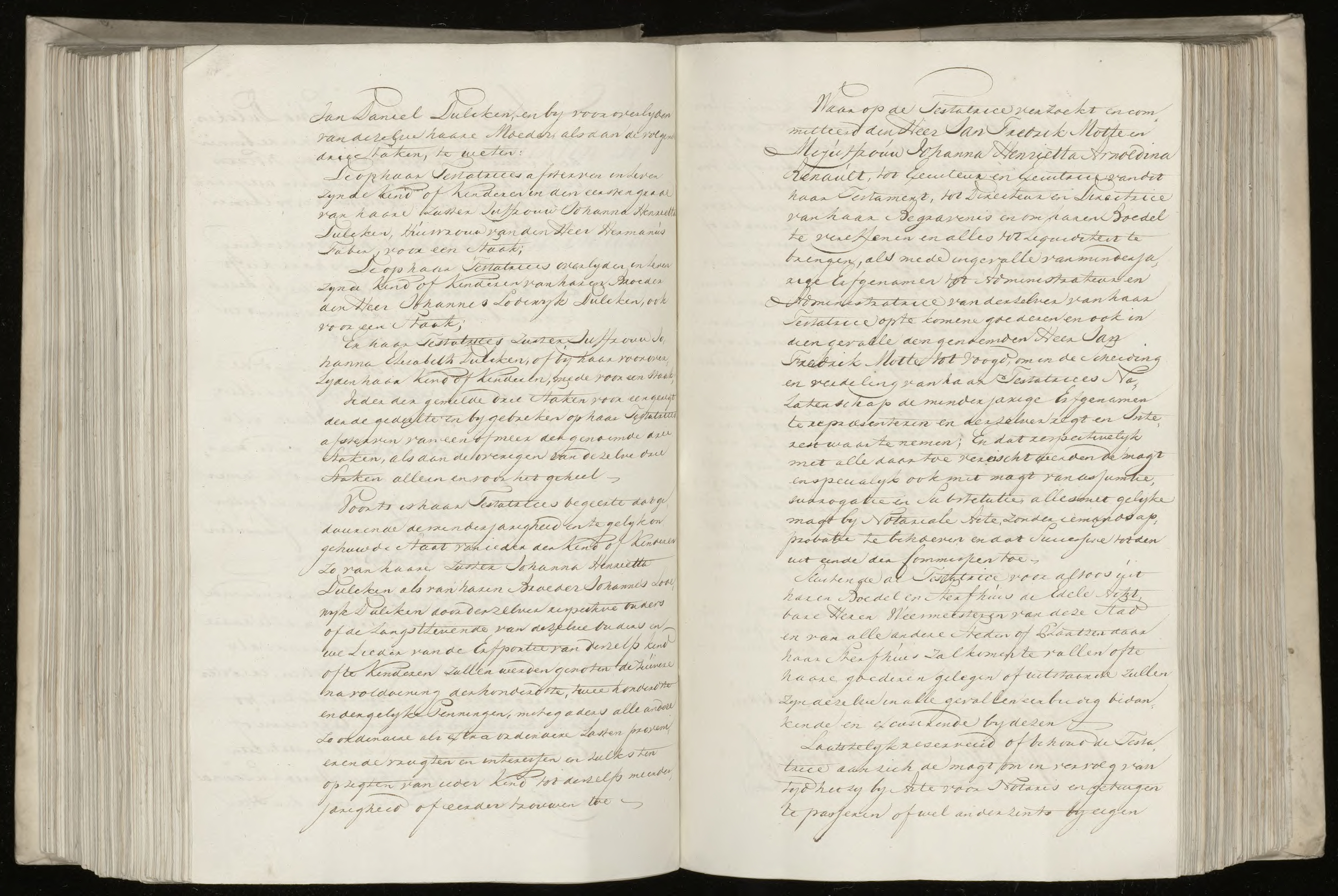
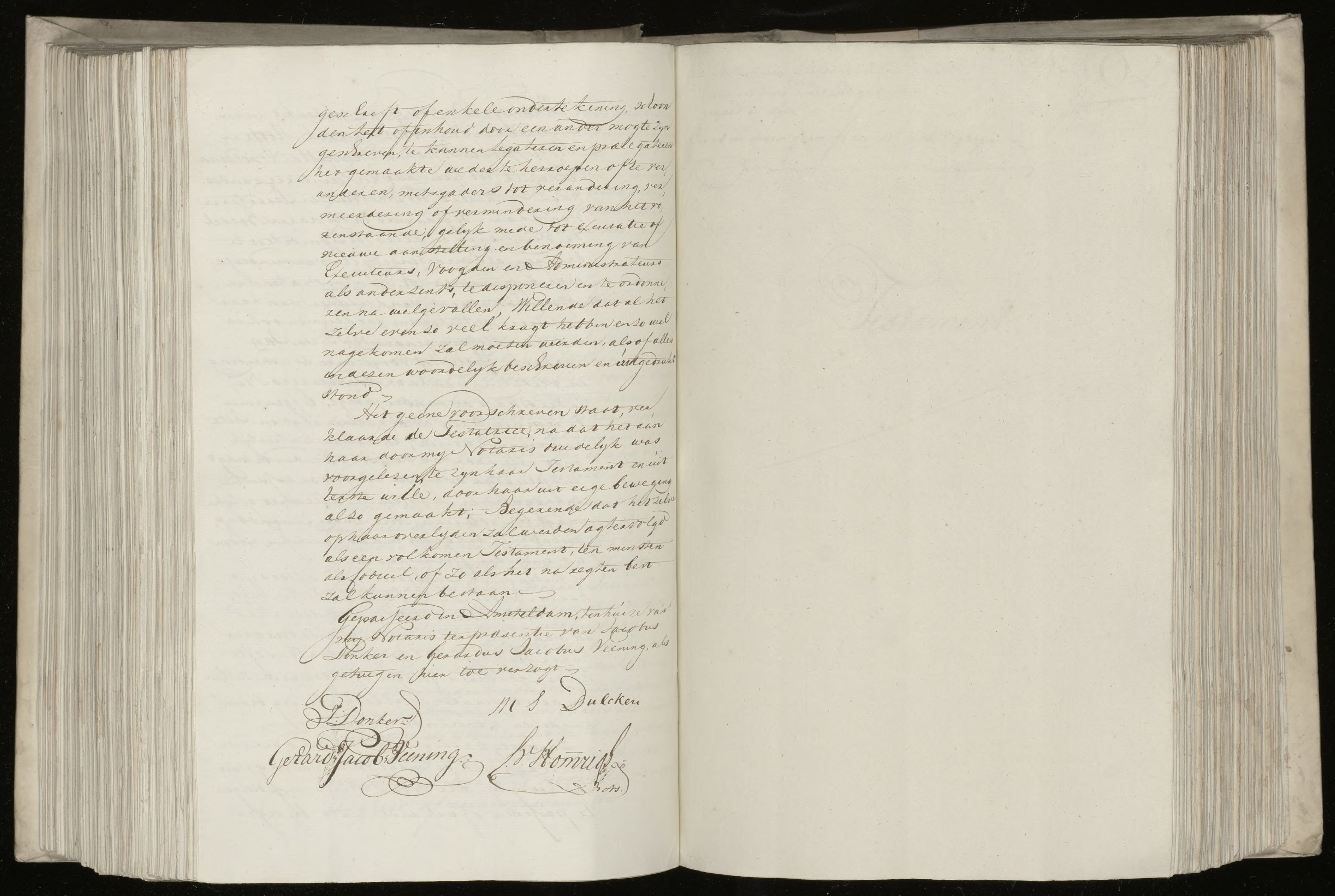
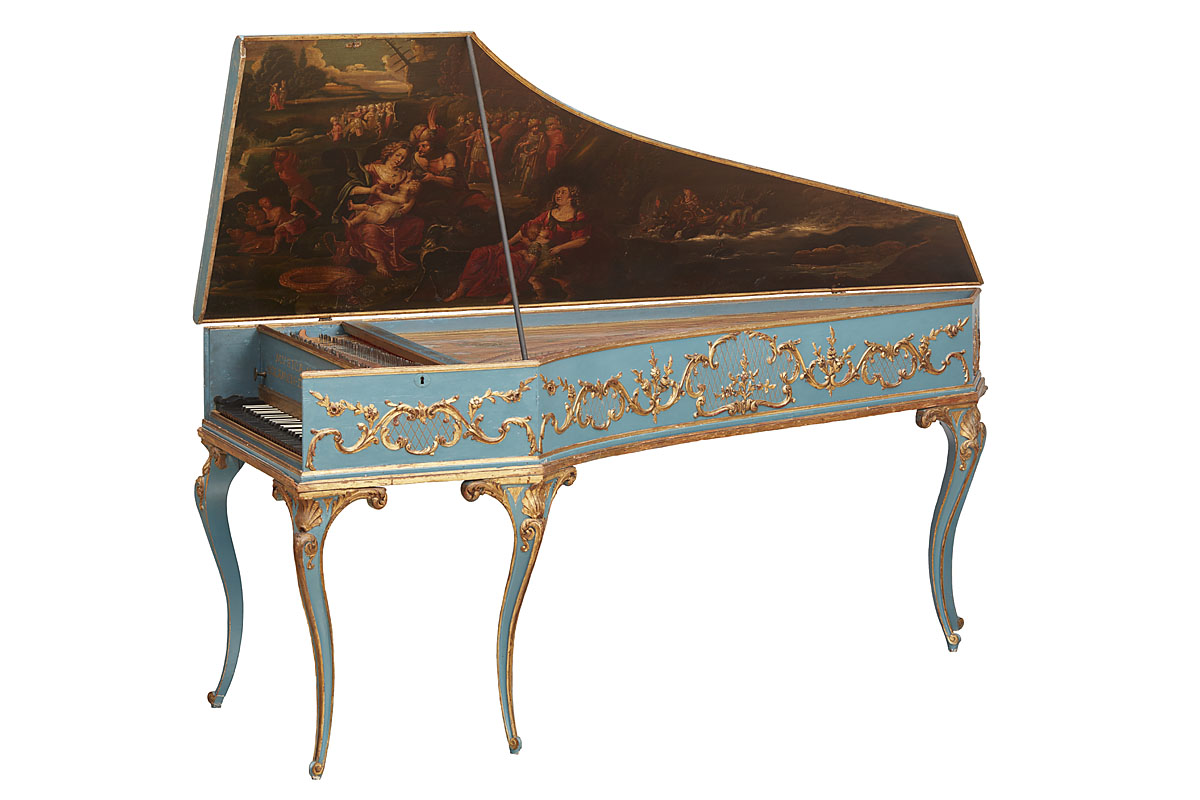
JOHANNES DANIEL DULCKEN ME FECIT ANTWERPAE 1755
Museum für Kunst und Gewerbe Hamburg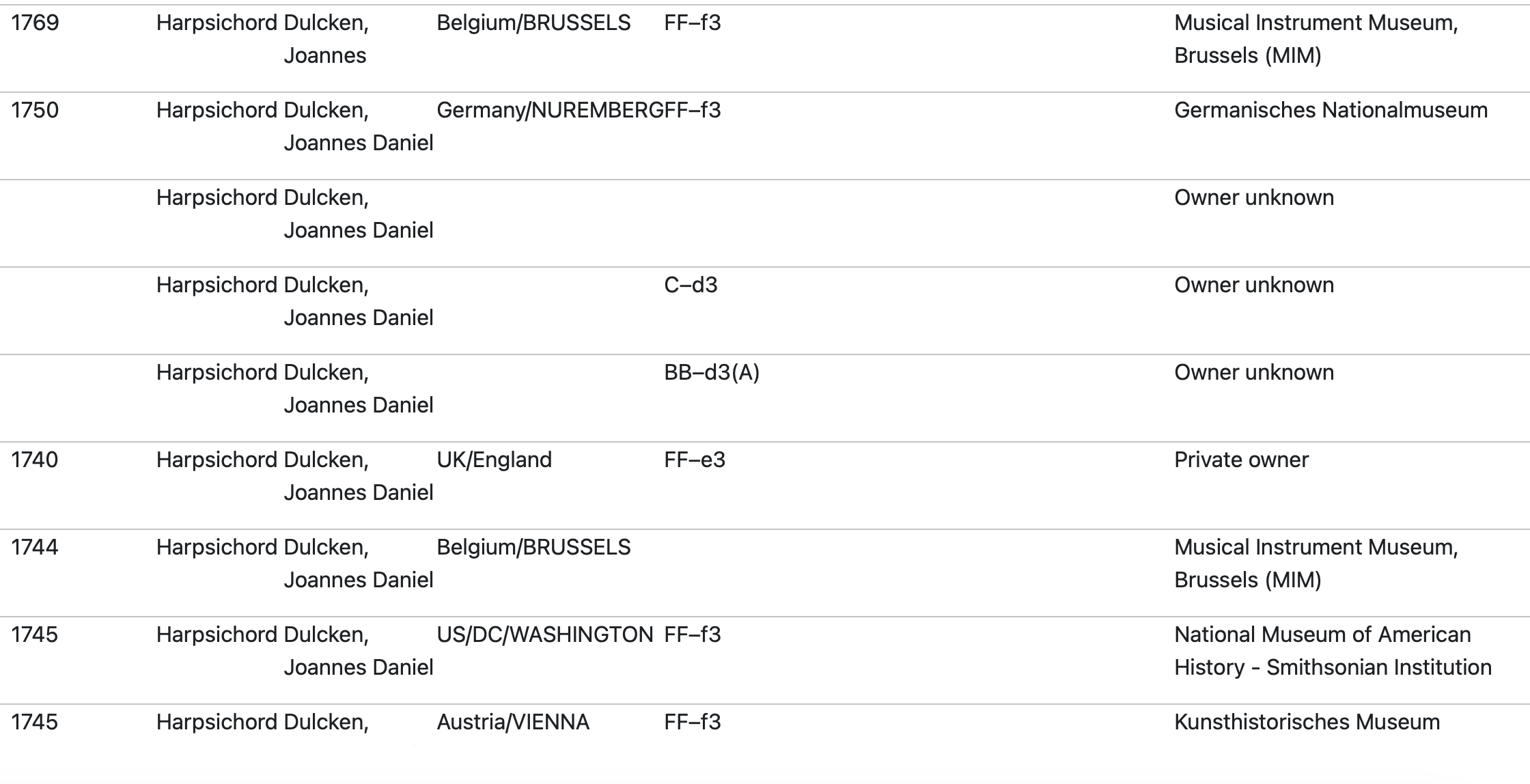

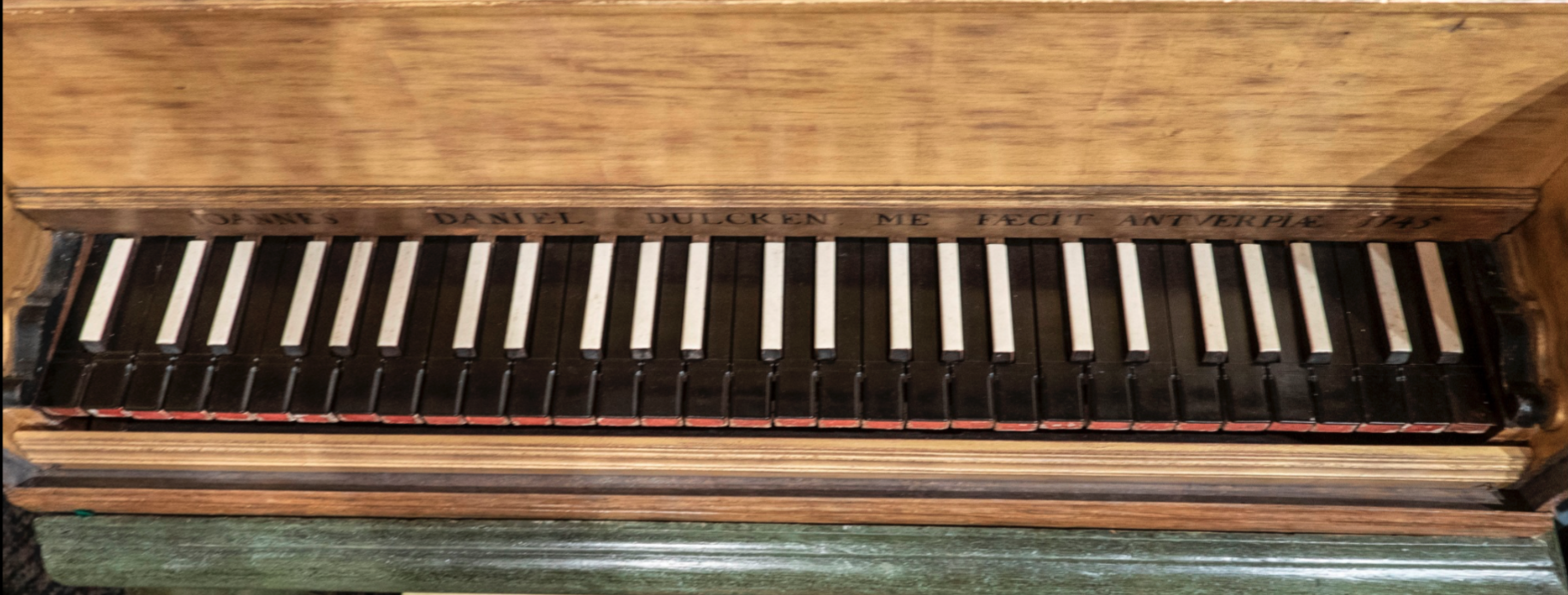
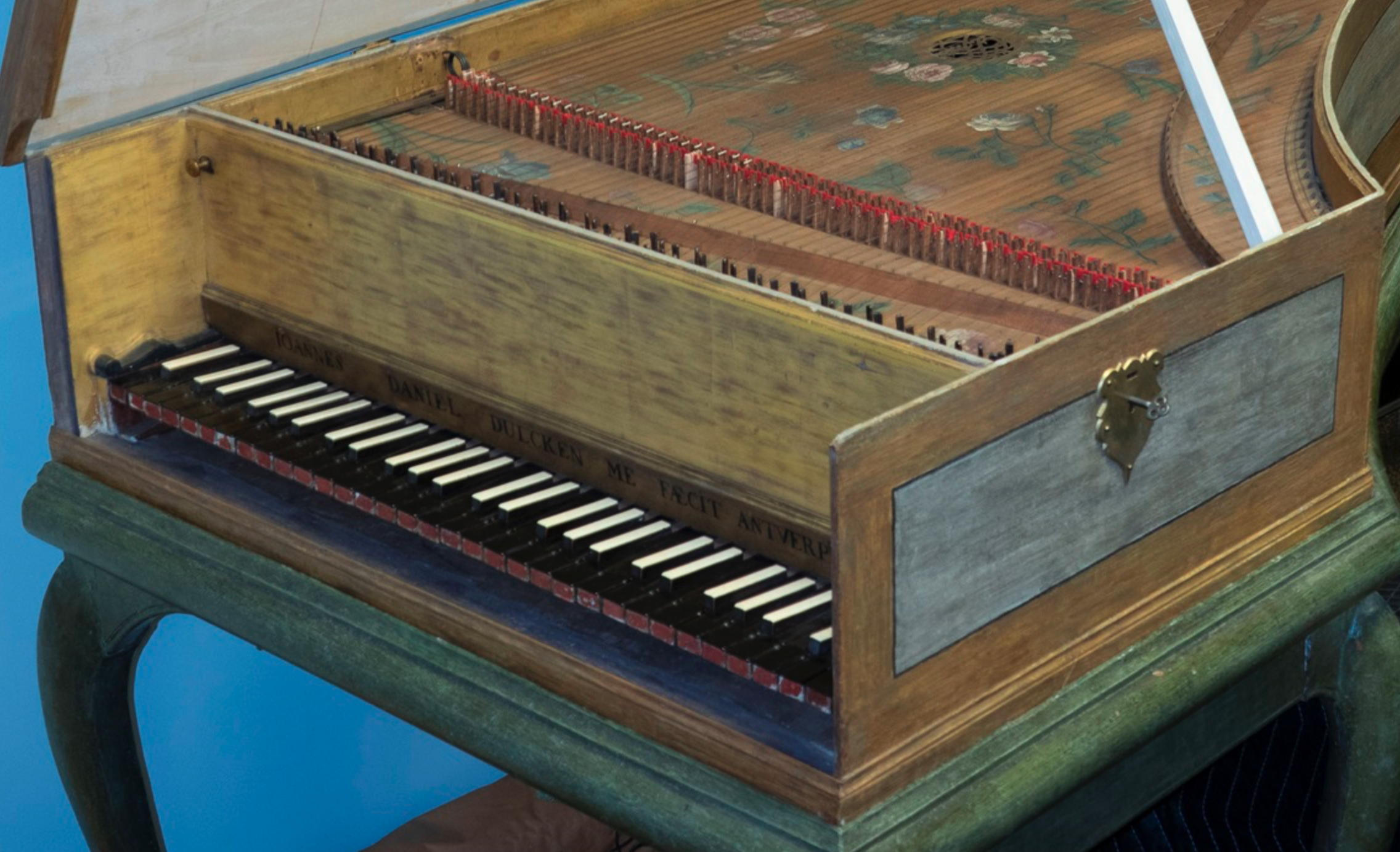
Sigal Music Museum
 Foundation Musick's Monument
Foundation Musick's Monument